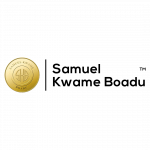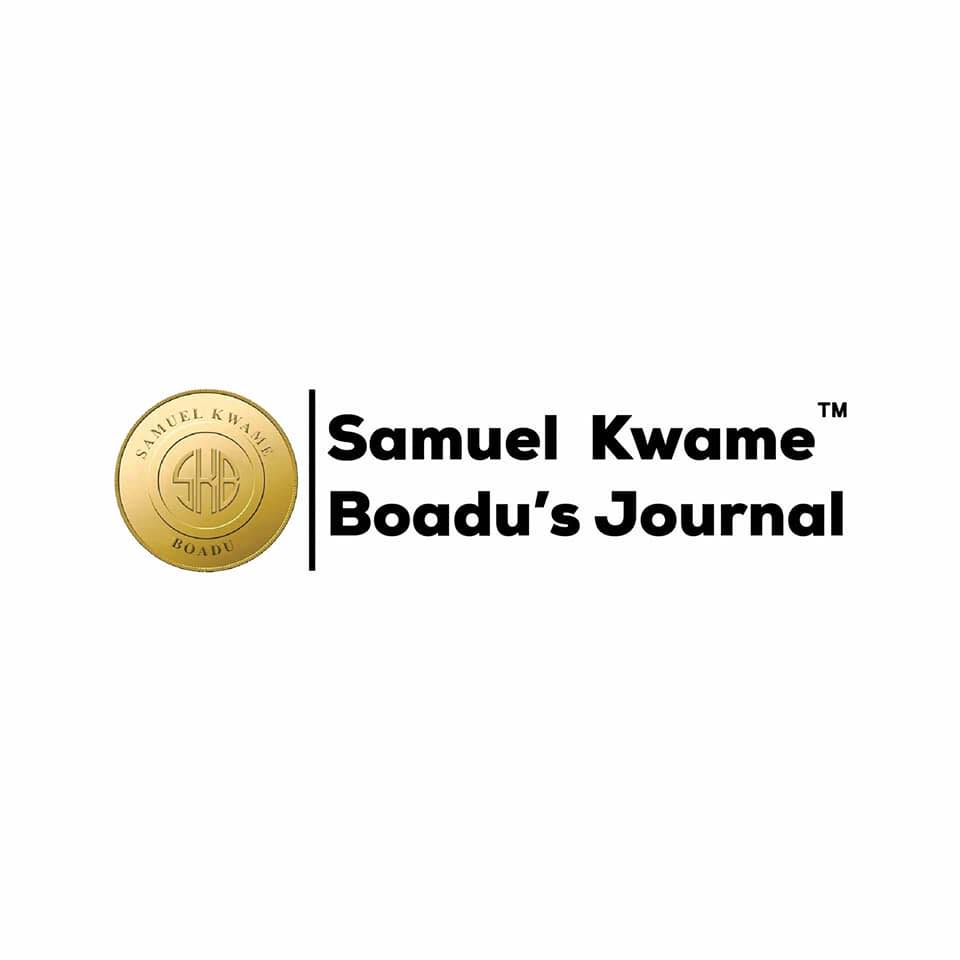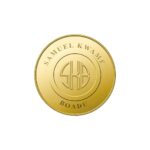Are you a Hammer looking for a nail? Here’s how to use your skills to build a stronger leadership team.
As a leader, how do you react to a crisis or an opportunity? The answer to this question has as much to do with your unique skills as it does with how you see challenges.
.
You’ve probably heard the expression ‘if the only tool you have is a hammer, you will start treating all your problems like a nail’.
.
This assertion is based on what’s referred to as The Law of Instrument. A theory developed by American philosopher Abraham Kaplan who argued that we unconsciously shape our problems so they look more like the nail that we know how to hammer.
.
For curious leaders, there are at least two important questions to be explored when it comes to The Law of Instrument:
What is my unique skill?
Leaders have a unique skill – a hammer – that they carry with them through life. The sooner you figure out yours, the better.
What hammer do you carry? A good place to start your treasure hunt is by examining highly functioning leadership teams. In my experience, these teams wield at least six types of “hammers”.
Instead of using job titles, e.g., CEO or CFO, I prefer more creative language related to a specific and critical talent: The Operator, The Strategist, The Rainmaker, The Visionary, The Tech Futurist and the Orchestrator.
- The Operator tends to see problems through the lens of efficiency.
- The Strategist drives clarity by making complex ideas simple.
- The Rainmaker sees problems through the lens of sales.
- The Visionary sees problems through the lenses of unexpected ideas or outcomes.
- The Tech Futurist sees problems through the lens of transformational technology.
- The Orchestrator sees the problems through the lens of human dynamics.
Although most leaders can play multiple roles, the best leadership teams are assembled so that when under pressure or in flow, the members can be relied upon to naturally see challenges through their favorite lens.
.
This allows every challenge to be seen in at least six different ways.
.
Who can help me see challenges differently?
In my experience, creative organizations respond to challenges by first generating a variety (NOT quantity) of thoughtful solutions to a potential challenge. These organizations are also capable of debating and selecting the right ideas at the right moments in time.
.
With this definition of creativity in mind, let’s look at how different hammers, might see different nails.
.
A Strategist team member may present a challenge she is having with profitability. Her point of view may sound something like this: “Despite numerous efforts, I can’t seem to convince my team that profitability is critical to our success. My plan is to find simple ways to demonstrate how their behaviors impact our P&L.
But is the Strategist correct? Or as Kaplan asserted, is she unconsciously shaping the problem to fit her skills?
Let’s see how the other leaders around the table see the problem:
An Operator may say: “I believe we can fix your challenge by measuring leading indicators rather than lagging indicators. Let me show you how we can modify our key performance indicators to make that happen.”
A Rainmaker may say: “Perhaps we have a pipeline problem. People want to appear busy, so they will spend their time on non-billable work if they have nothing else to do. Let me help find a way to make them busier with paying clients.”
A Visionary may say: “I have an idea for a new offering that will create 4x our current margins and help reposition our firm in our industry.”
.
A Tech Futurist may say: “Could this be about transparency? I can create a dashboard that makes hiding your performance – or nonperformance – impossible.”
.
An Orchestrator may say: “Perhaps the team has a fear of conflict. Could they be making excuses for each other rather than demanding accountability? Maybe we are just being too nice to each other.”
.
Read Also:
Customer Engagement is Better than Good Service, Here is Why
.
The best leaders do not abandon their hammers. Instead, they surround themselves with people who they respect and who naturally see the world differently than they do.
.
I recommend using tests like The Kolbe Index or Predictive IndexOnce to help understand your dominant, unique skill and to surround yourself with other leaders who will help you overcome your blind spots.
.
Remember, the ideal leadership team reflexively and respectfully examines the most important challenges through at least six different lenses.
.
SKB News Magazine appreciate you a lot for reading! If you enjoyed this piece by Samuel Kwame Boadu, kindly hit the share button and help others to also see it. You can also like our Facebook page so you know when we make new posts or Click to JOIN our Telegram Channel were we post JOBS + TIPS




